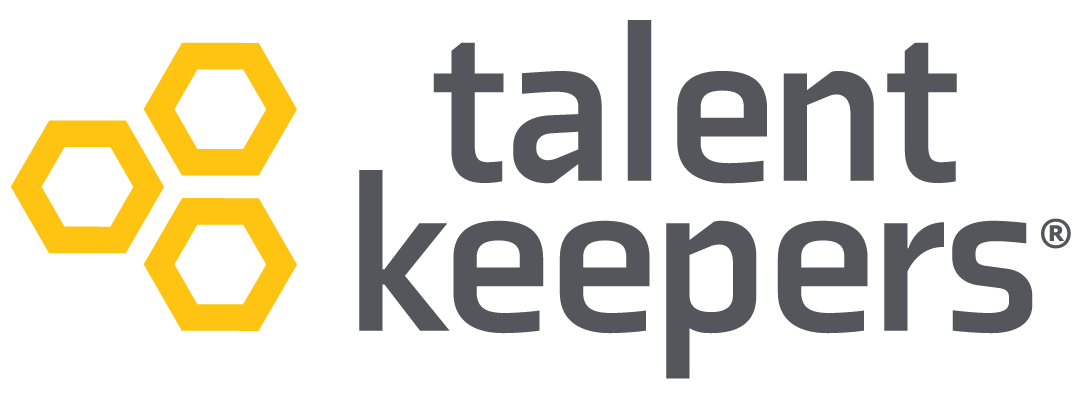Asking key coaching questions evolves independence and achieves their goals.
1. Coach team members to self-discover behaviors preventing them from achieving higher performance levels. Next, mutually agree on improvement goals and time frames.
Give someone a fish, and they’ll eat it for a day. Teach someone to fish, and they’ll be able to eat for their entire life.
This old proverb applies to developing someone’s skills as well. Top performers can self-evaluate their performance and the behaviors contributing to achieving a goal. This enables them to self-correct and avoid making the same mistakes twice.
Leaders who are highly effective at coaching their team members to perform up to their potential ask more questions. Questions cause team members to identify behaviors that would lead to more extraordinary performance if changed. This, of course, takes more time than simply telling a team member what to do differently. However, it is this self-discovery process that is so impactful.
Once a team member has correctly identified behaviors that need to be modified, it is equally important to set goals for correcting the behavior and the timeframe for execution. This builds the team member’s commitment to making the changes within the targeted timeframe.
Leaders should ensure the goal and timeframe are appropriate but allow the team member to lead the discussion. Prepare leaders to guide what goals and timeframes are reasonable by tying both to organizational goals and emphasizing how the team member’s performance contributes to organizational success.
Discussion question: Consider the last time you coached a team member on how to improve performance.
Did you:
i. Use a process similar to the one described above?
ii. Provide more direct feedback on what behaviors needed to change
iii. Set the goal and timeframe expectations.
iv. What was the outcome regarding goal achievement and preventing the ineffective behaviors from recurring?
2. Ask team members about their career growth aspirations.
- Clearly define performance or reputation issues they need to address
- Connect them to other leaders and departments as appropriate.
Career growth, or lack thereof, is the most significant reason employees leave their employers today. The best defense against losing a team member over career growth issues is to have their immediate leader discuss their career growth aspirations.
Unfortunately, many leaders aren’t sure who is responsible for having these discussions and are hesitant to discuss career growth options with team members. Why? They don’t want to make a mistake by over-promising something they can’t deliver. Therefore, establishing a model for who is responsible and the discussion topics can be very helpful.
The model below defines three discussion areas for career growth discussions and who is responsible for each.

Performance
- A prerequisite to career growth opportunities is performing well in your current role.
- The employee has the primary accountability for their performance.
- The leader is responsible for setting performance expectations, feedback on how the employee is performing, and appropriate coaching to help the employee meet the expectations.
- Each employee must understand that her current job is the springboard to any other job in the organization. If they are underperforming in a recent job, the probability of advancement goes way down.
- The accountability for performance falls squarely on the employee.
Reputation
- Reputation includes work ethic, attire, willingness to volunteer, willingness to go above and beyond, ability to get along with others, and so on.
- You need an exemplary reputation if you’re going to advance.
- At first glance, this might seem obvious, but many people, regardless of tenure or background, are often unaware of what a pivotal role reputation plays.
- Leaders must be candid with their employees about any aspects of their reputation that may impede their career growth.
- Likewise, the employee will have to embrace the feedback.
- The accountability for reputation is on both the leader and the employee.
Connections
There are two elements to the Connections factor.
- First, leaders should connect their team members who want advancement to other leaders in the organization who may be able to offer them opportunities for career growth.
- Second, leaders should allow their team members to learn more about other areas, responsibilities, or organizational roles that may be of interest. For example, please arrange for a team member to have coffee with another supervisor from another function so they can learn more about what that function does. Responsibility for connections falls to the leader.
Discussion Questions: Have you discussed career growth aspirations with your team members?
i. What is their understanding of their responsibilities?
ii. Have you addressed any reputation barriers?
iii. Have you connected them with other departments and leaders as appropriate?







